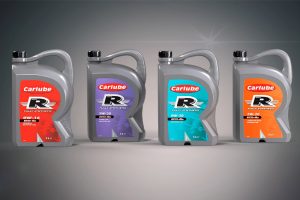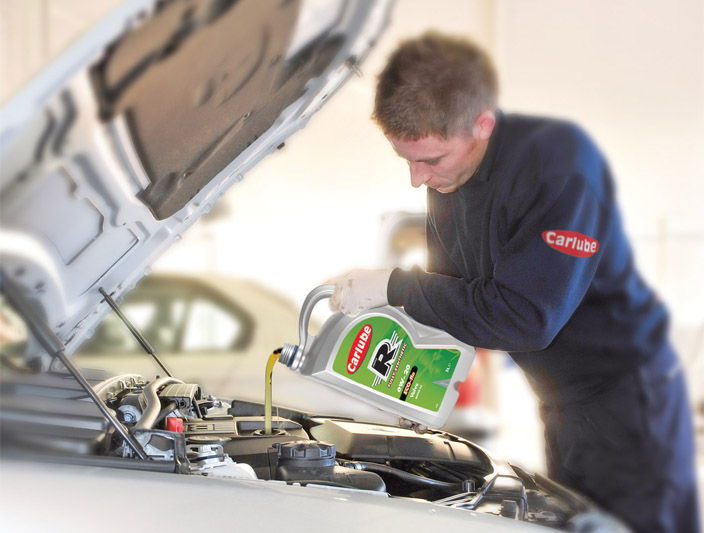Tetrosyl discusses why new engine hardware is forcing lubricant manufacturers to look more closely at the products they’re creating.
Nowadays vehicle and engine manufacturers are required to comply with ever-changing emissions regulations. In turn, these regulations have driven the need to improve fuel economy to reduce CO2 emissions. At the other end of the spectrum, meanwhile, end users are looking to reduce downtime and save on fuel costs.
To allow for such benefits to be realised across the board, therefore, new engine and lubricant developments act as key enablers in the process.
Combination culture
Engine lubricant performance can have a significant influence on an engine’s ability to achieve its fuel efficiency goals. These benefits can be achieved through a combination of lower viscosity grades and
performance additive systems. Lower viscosity fluids allow engine components to be moved out of the pure hydrodynamic area and into lower friction regimes. However, great care must be exercised, as these fluids can also move the situation closer to that of boundary lubrication, where friction and wear levels
begin to increase.
In these circumstances lubricant additives become essential in the boundary lubrication regime, helping to prevent wear and to minimise frictional increases that can occur with a lower viscosity lubricant.
The additives achieve this by minimising destructive processes and conferring beneficial properties, with combustion, oxidation, wear and corrosion representing just some of the destructive processes that the
additive must counter in an engine. A variety of additives are added to the lubricant, including dispersants, detergents, anti-wear, anti-oxidants and friction modifiers, to deliver the required performance.
One key parameter – High Temperature/High Shear (HTHS) – can also have a significant impact on the efficiency of an engine. Lower viscosity, higher economy The application of these new advanced additive technologies has allowed passenger car vehicles on the road to use lower viscosity lubricants, such as 5W-30. With further pressures to improve fuel economy, manufacturers are now transitioning to using
5W-20, 0W-20 & 0W-30 lubricants in the latest engines.
Heavy-duty commercial vehicle manufacturers are also following the trend to lower viscosity lubricants by increasingly using 10W-40 & 5W-30 oils instead of 15W40 oils that dominated this particular market
manufacturers are also following the trend to lower viscosity lubricants by increasingly using 10W-40 & 5W-30 oils instead of 15W40 oils that dominated this particular market
until a few years ago.
The other significant change in lubricant technology over the past decade has been the advent of lower SAPS lubricants. These lubricants help prolong the life of exhaust after-treatment devices, such as EGR, DPF & SCR. Moving forward these lubricants will likely see an increased presence in the market with the likely advent of GPFs (Gasoline Particulate Filters).
With the next CO2 limits for 2021 fast approaching there will need to be further developments in both engine and lubricant technology to ensure all manufacturers comply with these challenging limits.











